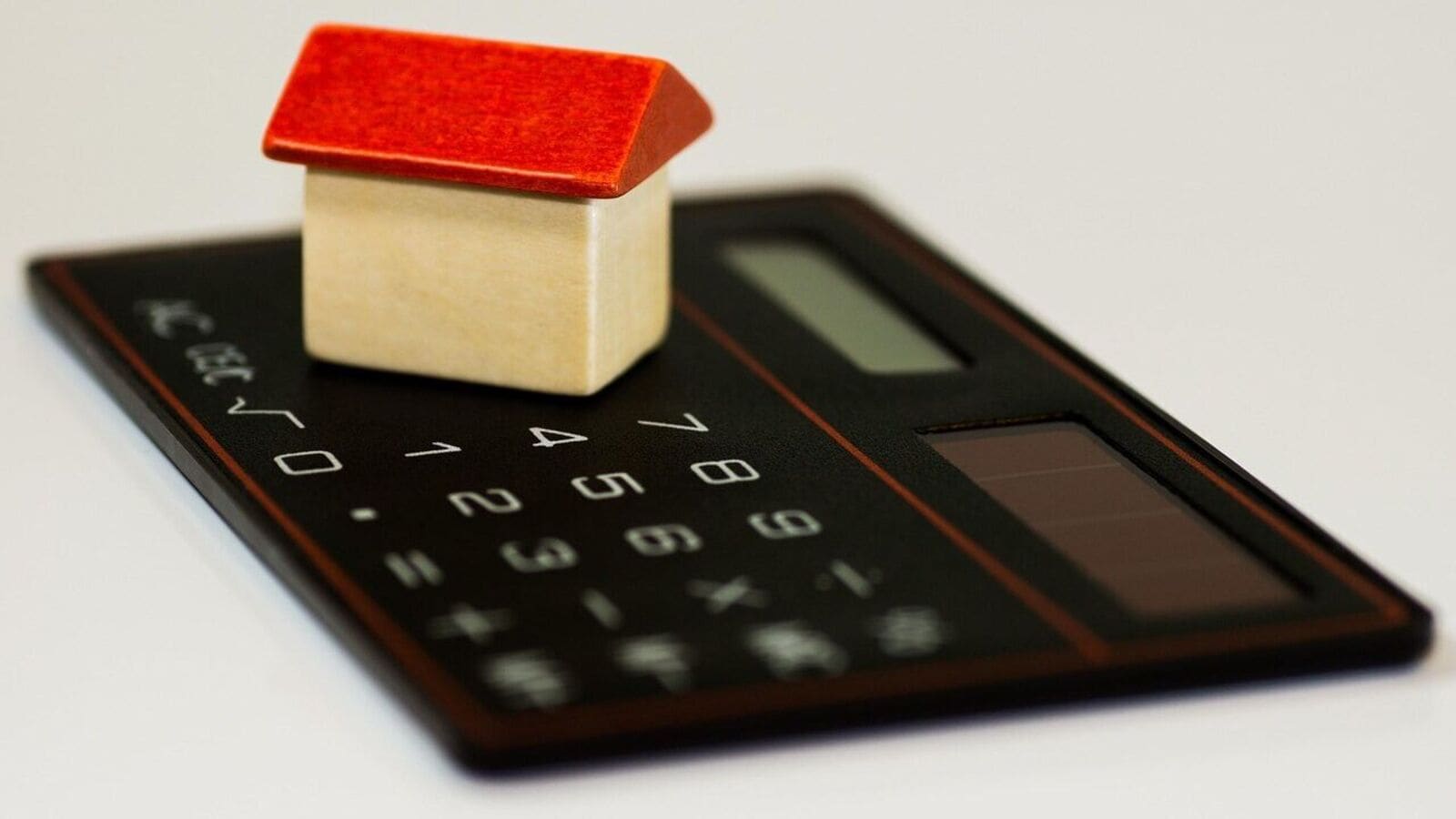Bhawna Kakkar, chartered accountant and founder of Kakkar & Company, said it is becoming increasingly common in residential property transactions to split the sale value between the real estate and items like furniture, white goods, and other household items.
This tactic is often used by sellers to reduce their capital gains tax burden. But experts warn that overstating the value of such items—particularly in the absence of documentary proof, can backfire. The approach hinges on the assumption that tax authorities rarely verify furnishings onsite, leaving room for manipulation.
Furniture sold as part of a house sale can help reduce taxes, if handled correctly.
The right way
First, furniture sold with a house cannot be treated as a “cost of improvement” when computing capital gains. It must be treated as a separate transaction, distinct from the property’s total sale value.
This separation offers two key benefits: it lowers the overall sale consideration for the property, thereby reducing capital gains tax, and it excludes that portion from stamp duty. Under Indian tax laws, furniture is classified as a “personal effect” rather than a capital asset, which means proceeds from its sale are not taxed.
To do this properly, Kakkar said sellers should prepare a separate agreement documenting the sale of furniture and fixtures. The agreement should either list out the fair market value of each item or record a consolidated amount agreed upon by the buyer and seller.
However, it should not be exaggerated and must be as per the prevailing market value of the furniture.
If the declared value appears inflated and lacks credible invoices, the tax department could challenge the transaction, and the seller may be liable for capital gains tax on the full declared amount.
A separate agreement, backed by documentation, ensures transparency and can protect both parties in the event of queries from tax officials.
To strengthen the agreement, sellers should attach original invoices for the items sold. Informal or temporary bills, often issued to bypass GST or when payment is made in cash, won’t hold up under scrutiny.
If invoices aren’t available but purchases were made via digital payments, a bank statement can serve as valid proof of the transaction, tax experts say.
What qualifies as furniture?
It’s also important to know which items qualify as “personal effects.”
Kakkar explained: “Apparel, furniture, car, scooter, TV, refrigerator, musical instruments, gun, revolvers, generators, etc., are personal effects. But ACs and other fixed electrical items may not be considered as personal effects for bifurcation of sales consideration.”
Items such as archaeological artifacts, artwork, and precious metals, even if personally used, are excluded from this category and must be declared differently.
Buyers, too, should take note: any payment made toward furniture and fixtures cannot be added to the property’s acquisition cost during resale, which could affect future tax liabilities.
Consequences of a wrong declaration
If a seller tries to separately declare the sale of furniture without a proper agreement and valid supporting invoices, and the matter comes under tax scrutiny, the burden of proof lies entirely with the seller. If they fail to justify the values during an audit, the income could be taxed as capital gains at 20% (or 30% for short-term gains), in addition to monthly interest and penalties.
Kakkar pointed out that such transactions are especially risky under Section 115BBE of the Income Tax Act, which deals with the taxation of unexplained income. “Section 115BBE mandates a tax rate of 60% plus surcharge and cess on income assessed under Sections 68 to 69D. Even if the transaction is routed through banking channels, if the bifurcation is deemed artificial by the department in the absence of supporting invoices, the penal rate applies,” she said.
She cited the case of Devinder Kumar v. ITO (2018), decided by the ITAT Delhi, in which the court rejected the taxpayer’s claim of a ₹10 lakh furniture sale due to lack of evidence. The tribunal ruled that the bifurcation was used to under-report the property’s value and avoid stamp duty and capital gains tax. “The excessive sale consideration so attributed was taxed as cash credit under Section 68,” Kakkar said.
Stricter rules for NRIs
Non-resident Indians (NRIs) face additional constraints.
NRIs should avoid engaging in separate furniture sales without supporting invoices. This is because they cannot remit proceeds overseas without documentation.
To transfer funds from a property sale abroad, an NRI must obtain a Form 15CB certificate from a chartered accountant. The certificate is issued after a source-of-funds audit, and the CA will request documentation supporting the sale of furniture. Without invoices, the certificate will not be issued.
For NRIs, property sellers should not separately sell furniture just to save capital gains tax unless they have invoices to attach to the furniture agreement, she added.





